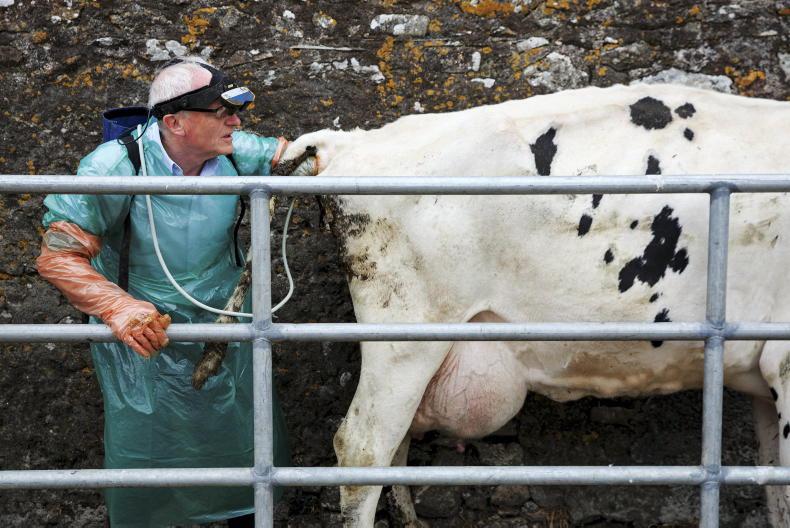Pica
The last 10 days or so have seen a big increase in dairy herds showing signs of pica, or phosphorus deficiency. The most obvious symptom is cows chewing on stones, plastic or wire. Phosphorus is an important element so any deficiency should be taken seriously, particularly during the breeding season. It can be associated with a lack of fibre in the diet and also a salt deficiency.
Generally, this time of year is when pica symptoms are most likely to appear and the cold weather over the last few weeks has increased the risk. This is because grass growth has been poor, leading to poor uptakes of phosphorus from the soil (grass is the main source of phosphorus in the diet). Purple tips on grass can indicate low phosphorus levels. Poor growth rates also mean cows are grazing lower than normal grass covers, which are low in fibre – a complicating factor.
The first thing to say is that it is usually transient and will correct itself in a matter of time. However, it can affect performance so it should be treated quickly if it appears. The usual course of action is to supplement with phosphorus either through adding it to the water, through meal or through mineral licks. It usually takes a week to 10 days for symptoms to disappear after the supplement is added. Some find that giving cows access to salt licks helps also. Increasing the fibre content of the diet might be necessary in some cases too, by feeding small amounts of hay, straw or silage.
Cost wise, adding phosphorus to the meal costs about €15/t to €20/t extra, which works out at 3c to 4c/cow/day if on 2kg of meal per day. High-phosphorus mineral blocks cost about €30 for a 15kg block. If a cow was consuming 10g of phosphorus per day, it would cost 2c/cow/day. Adding P to the water is more expensive at around 10c/cow/day but is said to be more available so recovery is quicker. Check inclusion rates of P when comparing products.
Feed levels
Soil temperatures have increased over the past week and the outlook for grass growth is good, with most counties predicted to grow over 80kg/day this week. Most farmers are feeding more meal than normal, and as growth rates pick up there is an opportunity to cut back on supplement. The best policy is to walk the farm every few days and make decisions then. In some cases the supplement will have to stay in until average farm cover goes back to target levels. Ideally, you’d like average farm cover to be around 160kg to 180kg/cow around now.
Drainage
This week we take a look at some lessons from the heavy soils programme. The participants in the programme are getting very good performance on marginal land. It’s not simple and there are challenges. Drainage is only part of the solution. Improving soil fertility, breeding high-EBI cows and maintaining high levels of ryegrass in the sward deliver the return on investment from drainage and grazing infrastructure. Typically, the summer months are when most drainage is done – make sure and dig a test pit and get some expert advice before undertaking a project. The one-size-fits-all approach is flawed. Every site is different.







 This is a subscriber-only article
This is a subscriber-only article










SHARING OPTIONS: